Are You Ready For Spring?
The morning sun dawned bright on this chilly winter morning in Idaho, but I felt the hope of spring waiting in the wings. The thought of tulips, new bright green grass, flowers, new plants pushing up through the soil, and the smell of spring brings me such excitement. Before we enjoy the beauty of spring, there is work to do. Here is a list of 5 things we can do around the landscape this time of year.
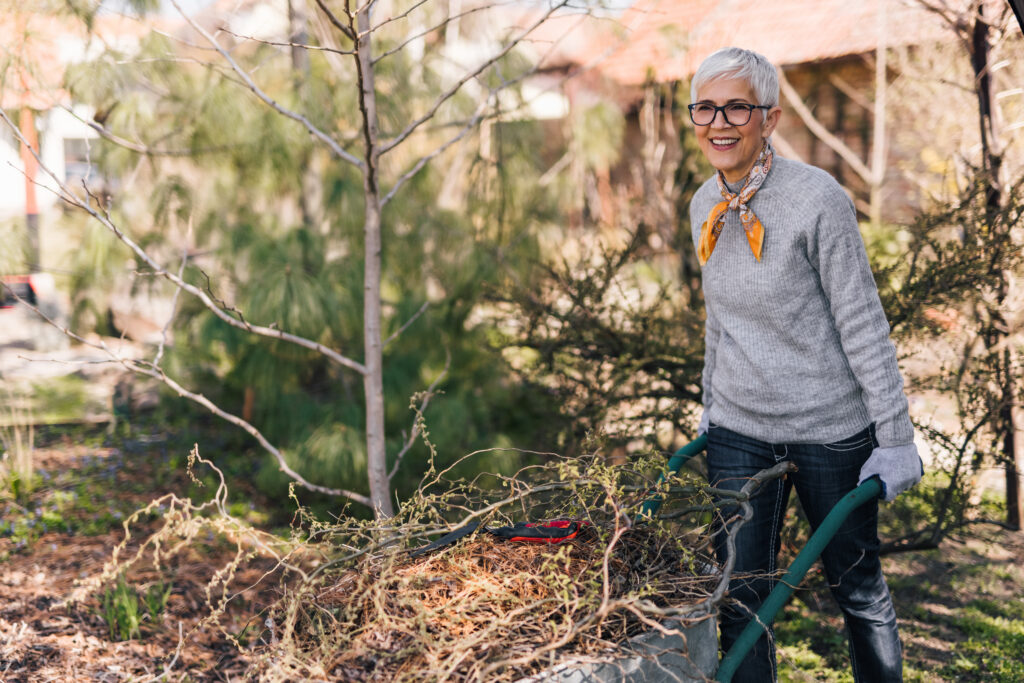
Here Are 5 Tips and Tricks to Get Started
1 Bed Clean-up and Prep
This is a great place to start your spring chores. Begin by cleaning out any dead plant material you may have missed in the fall, including fall annuals, late perennials, and anything that fell or blew into your beds. Cut back your semi-evergreen perennials, such as Heuchera and Hellebores, to allow new spring growth. If needed, divide and transplant your large perennials that need more room. This hard work will give your spring bulbs and herbaceous perennials a beautiful place to come up.
Once your beds are cleaned out and trimmed back, applying a pre-emergent herbicide is an excellent tool for preventative weed control. Pre-emergent is a product that disrupts seed germination, therefore targeting weeds that use seeds as their primary form of reproduction. Pre-emergent creates a chemical barrier in the topsoil layer that coats seeds and prevents them from growing roots and shoots. This will minimize the emergence of weeds at the beginning of the growing season, making weed control much more manageable. A well-rounded weed control program should start with applying a pre-emergent from about March to early April when weed germination rates are highest.
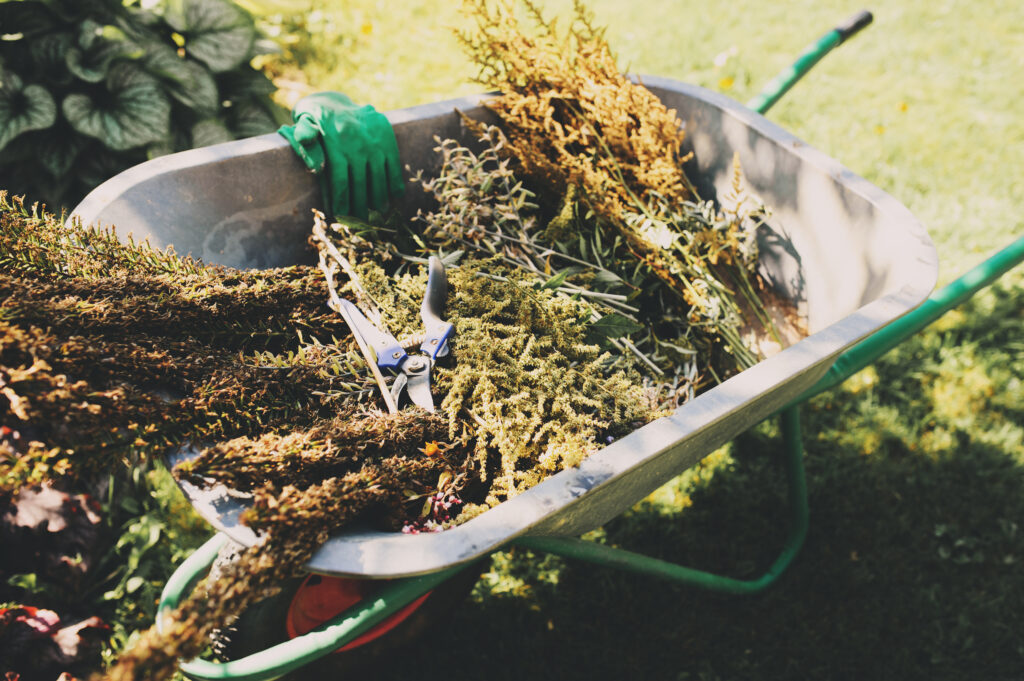
2 Pruning
Pruning is essential to the health of plants. It is how we shape our plants and clean out dead, dying, or broken plant material. It is also vital for some woody perennials and flowering shrubs that only bloom on new growth. Wait for spring to cut back plants like Caryopteris, Lavender, Buddleia, Perovskia, and Artemisia. Doing so will help prevent winter damage and encourage growth. The best practice is to wait until after there is any danger of hard frosts or when you start to see buds on stems or new growth at the base of the plant.
Shape and remove dead, broken, or dying material on large shrubs and trees in early spring. For most trees, this is a good rule of thumb. Take special care with early spring flowering trees and shrubs, most of which have already set flower buds in the fall. An early spring pruning on these would be removing your buds before blooming.
Check your evergreens for damaged or broken limbs that need to be removed. Most evergreens need minimal shaping, but spring is an excellent time to clean up or trim out what needs to go. Remember, evergreens must be cleaned out and maintained in our area to reduce fire risk.
Roses and hydrangeas vary widely, as well as the care they need. Do your research to ensure that you are correctly pruning, trimming, shaping, and fertilizing your rose or hydrangea. With these two beauties, do your homework so you can enjoy all they have to offer.
Take the time to learn about your plants and trees needs to help you plan for their care.

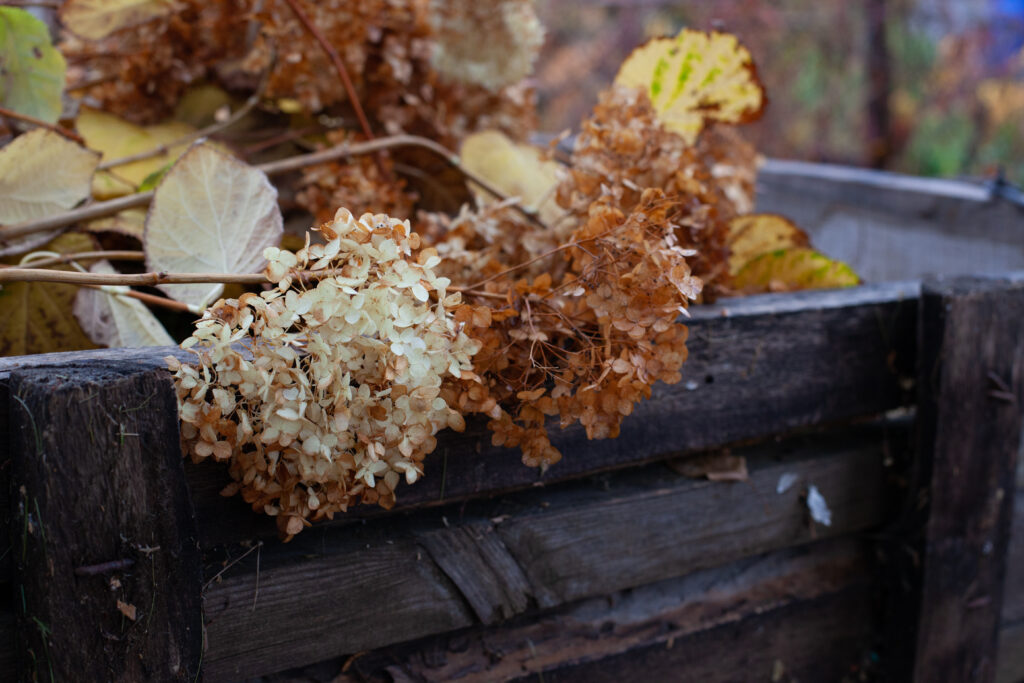
3 Ornamental Grasses
It is best to leave your ornamental grasses up for the winter. Not only do we get winter interest from their structure and seed heads, but it’s also best for the plant. Once spring has sprung and you are cleaning out your landscape beds, feel free to cut down your grasses. Aim to cut grass stems a few inches above the soil level. When temps warm up, your grass will fill back into the beautiful and unique landscape addition you look forward to year after year.
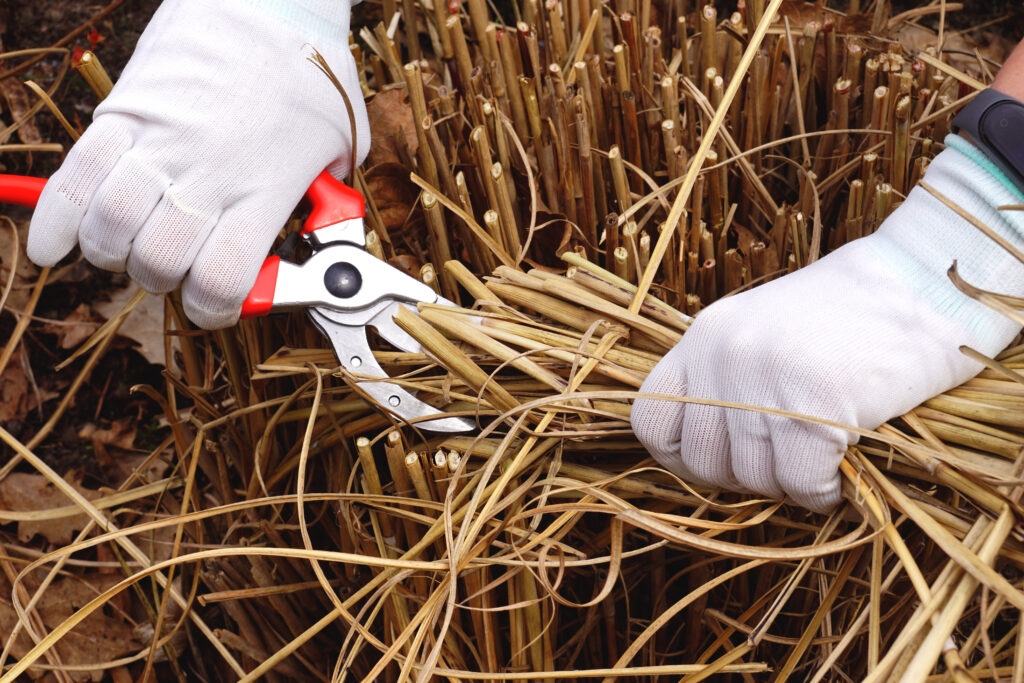
4 First Mowing
The first mow of the season is an essential start to your turf care for the year. Before we can start mowing, it’s crucial that you service your mower and sharpen or install new blades. We recommended setting your mower blade height to 2″ to 2.5″ and bag your clippings. Setting your mower low and bagging this early spring mow helps with thatch. Thatch is a combined layer of living and dead roots, stems, and shoots that sits between the soil surface and the growing vegetation of your lawn. The thatch layer can create a barrier that can inhibit the water infiltration and oxygen exchange that a healthy lawn needs. The best way of removing thatch is by using a power rake or dethatcher. This will remove large amounts of thatch, allowing water and oxygen to follow easily into the soil layer.
Follow up de-thatching with core aeration to continue improving the health of your lawn. Core aeration is recommended for thatch management. It also effectively treats compacted soil and increases water penetration with less runoff. Remember, spring can be our wettest season, so do not mow when the ground is saturated and soft. Doing so increases the risk of compacting your soil and leaving ruts in your yard. Finally, your lawn is ready for its first feeding after coming out of winter dormancy. We recommend a turf fertilizer that combines two forms of nitrogen with sulfur.
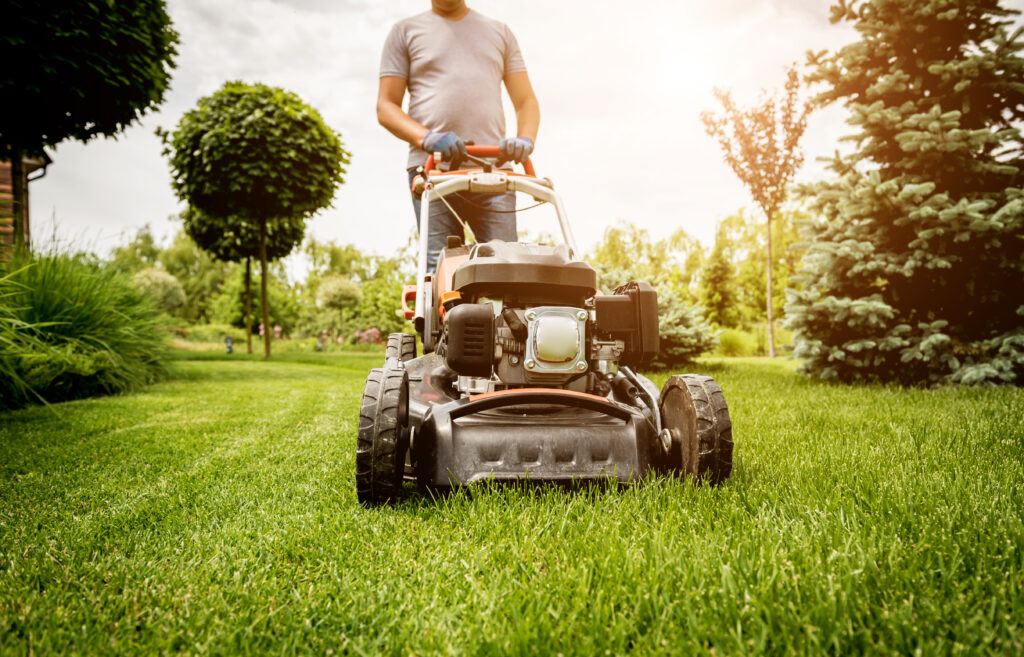
5 Irrigation Start-up
Proper watering is essential to lawn and plant care, which is why preparing your sprinkler system for the upcoming year when it’s started up in the spring is so important. Start with ensuring we are past freezing temperatures. Then, pressurize the backflow unit and have it re-certified by a certified inspector. This re-certification is required every year. Next, test your cycles, check for leaks, and adjust sprinkler heads for proper coverage. Remember to clean the filters on the sprinkler nozzles and drip filters. Lastly, set your clock for an adequate watering schedule based on temperatures and precipitation.
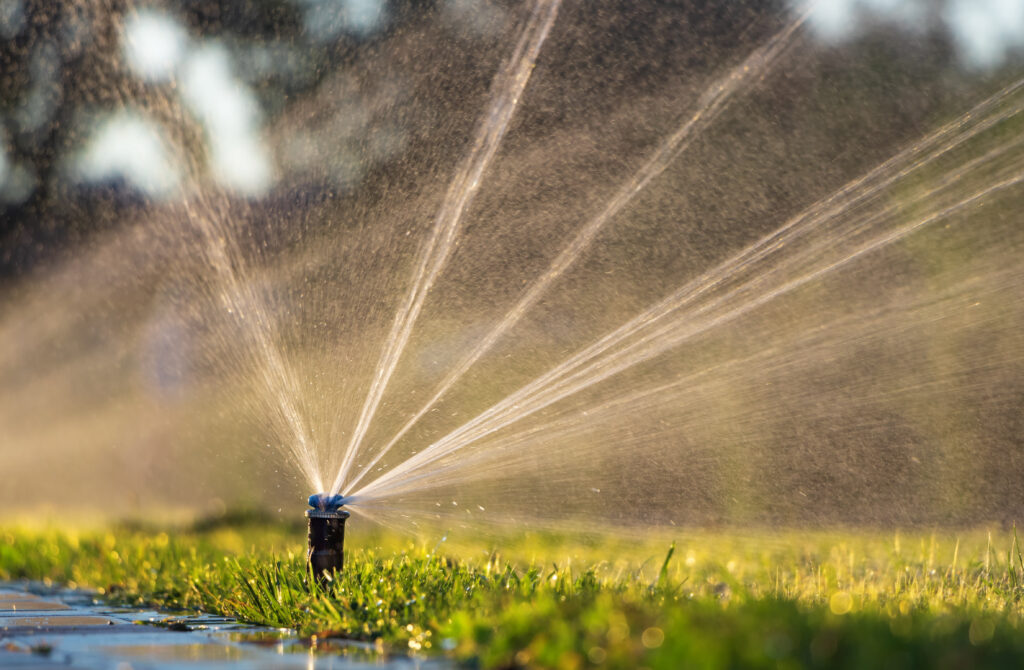
As always, do your research, read and follow the labels, and make sure you are making informed choices about your landscaping. If you are having trouble with any of these services or don’t have time to perform any of these services on your own, Lusan Landscaping is here to help. We do everything from helping you to turn on your sprinkler system in the spring and winterize it in the fall to regular maintenance, installation, and replacement.
CATEGORY
4/16/2023
a word from our viewers